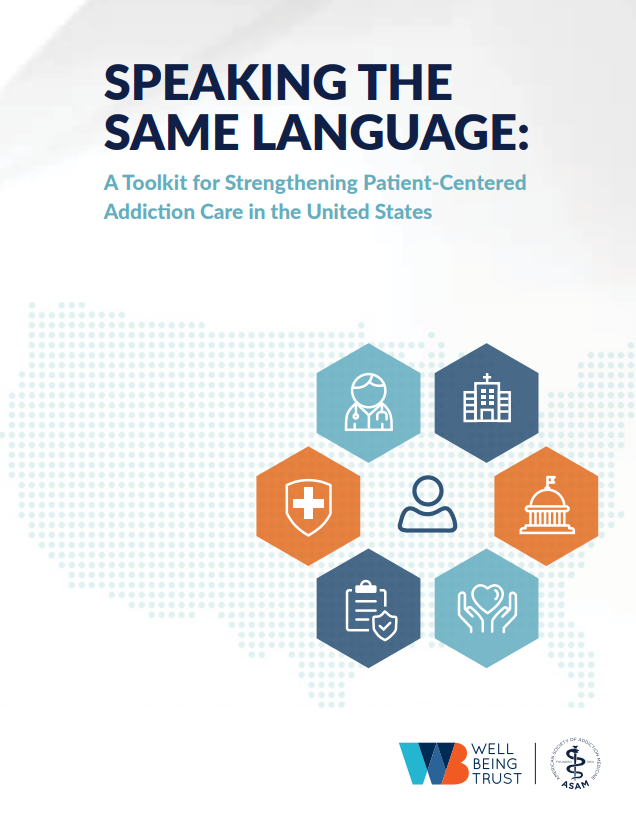Headline
This toolkit describes strategies for how policymakers can strengthen the use of The American Society for Addiction Medicine (ASAM) Criteria to improve addiction care delivery and coverage in the U.S.
Context
Unlike with other chronic medical conditions, treatment for addiction care all too often lacks standardization and consistency of treatment approaches. The ASAM Criteria is the most widely used set of evidence-based criteria for patient assessment and placement for addiction care. Although uptake of The ASAM Criteria has grown in the past several years, there remains a need for greater standardization of practice in delivering and authorizing SUD treatment. This toolkit provides strategies to strengthen state usage of the ASAM Criteria to improve addiction care and coverage in the U.S.
About this Tool
This toolkit contains an overview of The ASAM Criteria multidimensional assessment to determine individual needs, service planning, and treatment placement, potential pathways states can pursue, implementation vehicles, state examples, and example legislative, regulatory, and contractual language to draw from. State strategies include:
- Expanding provider use of The ASAM Criteria throughout care delivery;
- Leveraging The ASAM Criteria among payers and SUD providers to ensure there is truly access to a full continuum of care for people with SUD (from prevention to intensive inpatient);
- Making sure payers are using The ASAM Criteria in their coverage decisions; and
- Increase SUD providers and payers knowledge of The ASAM Criteria.
Takeaways
States and other stakeholders can use the strategies and tools in this toolkit to build sustainable and quality addiction care delivery and coverage that is consistent with the ASAM Criteria.

